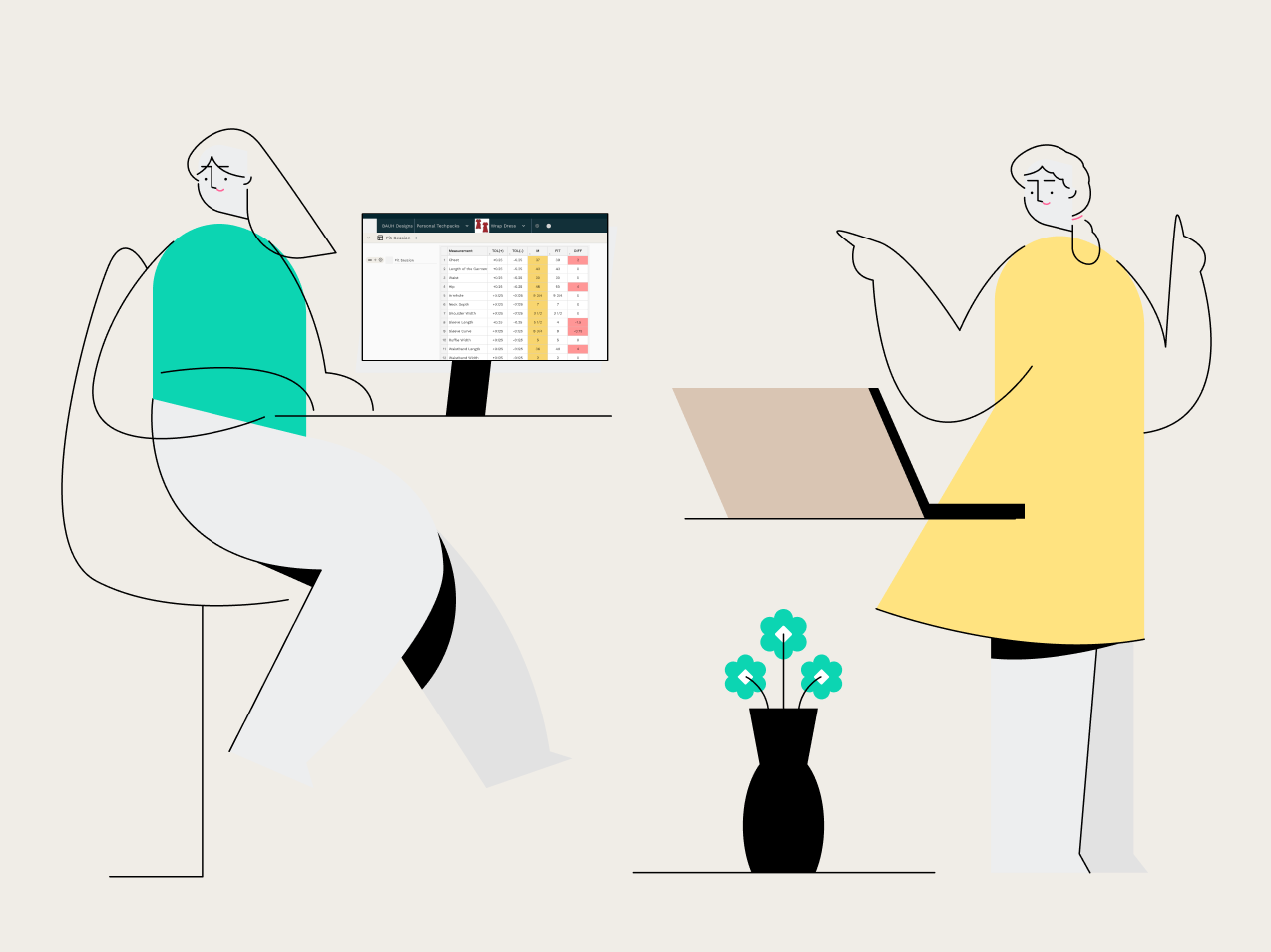Contents
The main purpose of the fit sessions is to test the garment on the model of the target size before the production run. During the fit session, designers may tweak the design, decide to use a different fabric, or change the sizing.
Most of the fit sessions are normally held in person. As our lives have changed, some of the ways to conduct fit sessions have changed as well. Now more than ever designers are looking for new solutions to do the fit sessions while working remotely. In this article, we talk about the basics of fit session meetings, how to conduct them, and explore new ways to hold effective fit sessions in the current world.
What is a fit session and why they are important?
The fit session is a meeting between the designer and technical team where they assess the fit of a sample garment/accessory or a collection.
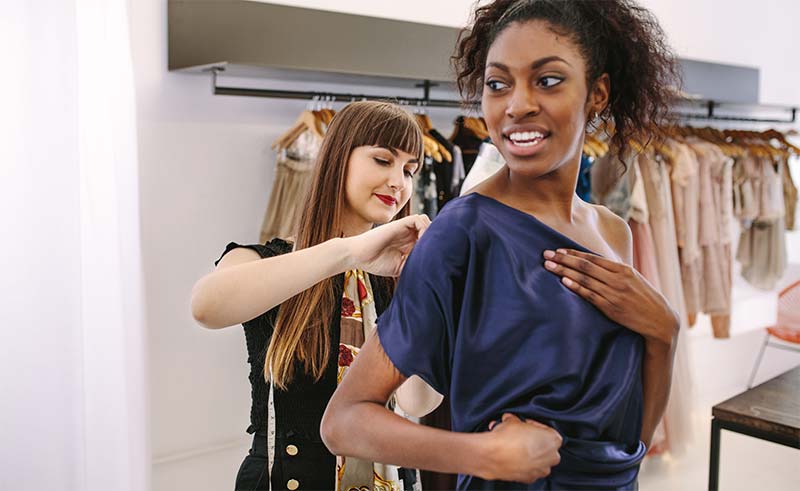
During the fit session, the design team uses the model of their target size and shape to try the clothes on. Based on how the garment fits and looks, the design team will make comments and request the changes if needed. The technical designer will communicate those changes to the manufacturer using the Fit Sheet as a part of the tech pack.
Fit sessions are also a great way to do the quality control of the garment. Technical designers take measurements of the received sample and compare them to the tech pack’s measurements if the difference is within the tolerances.
If the difference is outside the tolerances it is then marked in red and sent to the factory to be fixed.
Most brands typically work through 2-4 rounds of sampling before finalizing the look and fit of the final garment.
Fit sessions are basically a first glance at how the garments will fit and look on your target customer. They are important as they help find design mistakes at the early stage. Fit sessions help cut production expenses significantly.
How to conduct a fit session?
Fit sessions are normally held in person. The design team works with a model of the size and shape of their target customer. They check the fit and comfort of the garment and collect feedback from the model.
For an effective fit session, it is important to:
- Ask questions and provide opinions;
- Bring any reference garments to compare the sample to them;
- Take photographs of the garment;
- Note down any changes to communicate them to the pattern maker.
Once the team members agree on the changes, all photos and notes are taken and this information is communicated to the technical designer so they can edit the tech pack accordingly.
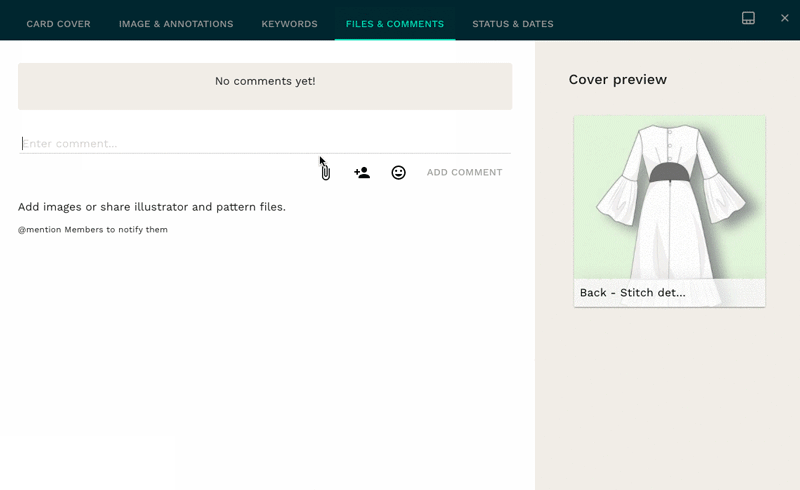
The tech pack will need to have a new date with the date of the changes. The style numbers will also need to be changed according to the prototype number.
Once the tech pack is updated, the design team sends it to the manufacturer to create a new fit sample. This whole process repeats itself until the final sample is approved.
How the fit sessions have changed post-pandemic
During the last couple of years, many design teams have started working remotely. Now more than ever the brands are looking into using the latest technologies to conduct fit sessions remotely as effectively as they used to do that in person.
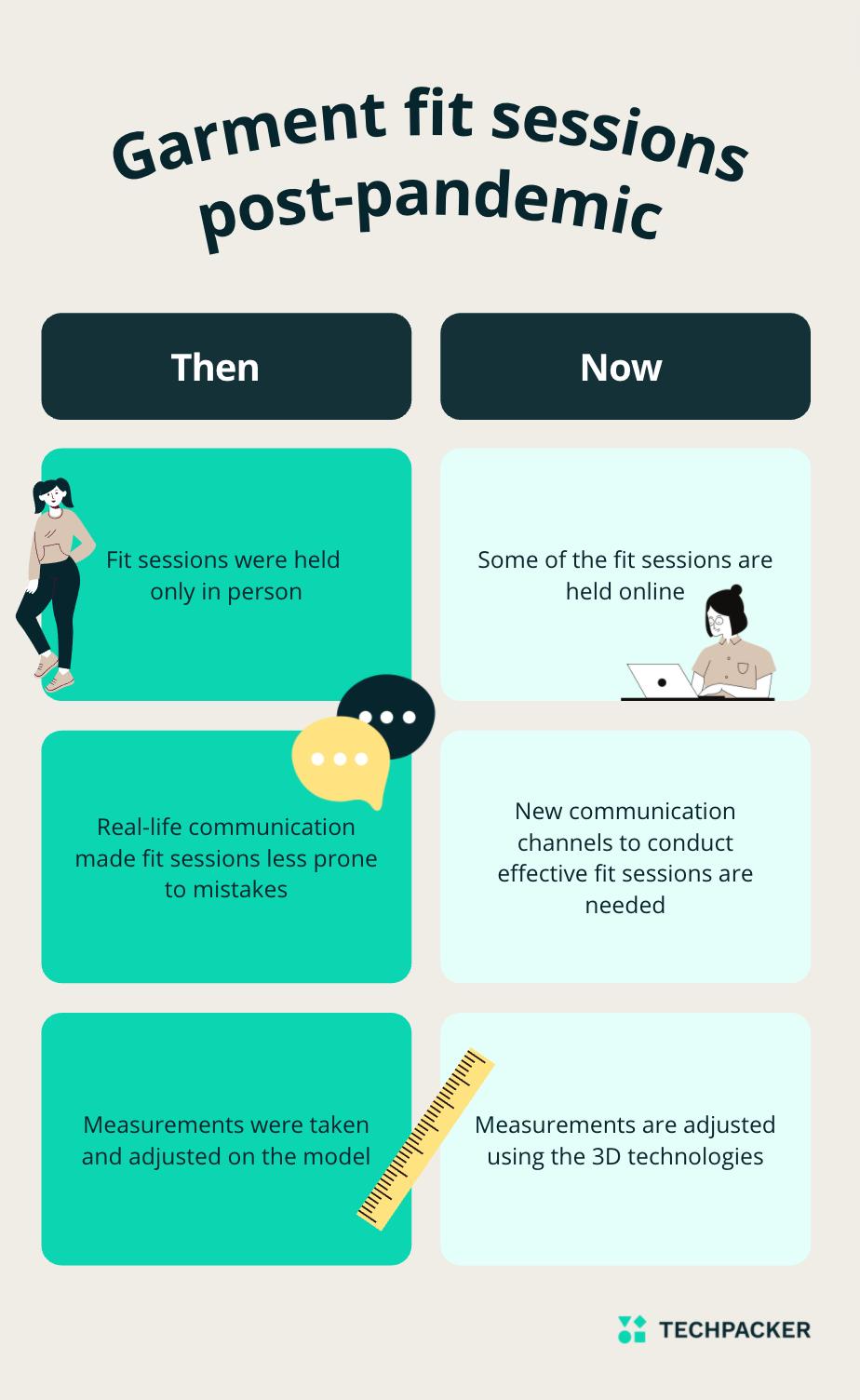
Online fit sessions
The first and the most obvious one is the online fit session. While those are not the most perfect ones, having someone who can take accurate measurements and communicate technical details on-site can help the process.
For example, the design team can be spread out throughout the world. They can all meet up online with the model and a person who will be taking measurements and applying minor adjustments. There are a variety of online meeting tools to choose from.
Using these you can communicate, collaborate together as a team and manage the projects.
If you one is using the phone for the online meeting, stabilizing it with a gimbal can help. The entire team needs to see the full-size image of the model wearing the garment. So they can provide their comments and concerns.
Online fit session checklist:
- Measure the garment lying flat first;
- Make sure those measurements correspond to the ones stated in the tech pack;
- Note down the model’s comments about the fit and look of the garment;
- Note down team’s comments;
- Communicate any changes to the technical designer.
Testing the fit of the garments using 3D technologies
Using 3D fashion designer software, technical fashion designers can create a virtual garment and test its fit on a model using stress and strain maps. In my opinion, this is the best way to conduct remote fit sessions nowadays. First of all, the technology is very accurate and agile. You can quickly tweak design details and sizing without making a physical sample again and again. 3D software can even simulate the fabric of your choice. The model doesn’t have to be static, she can move and walk in your garment.
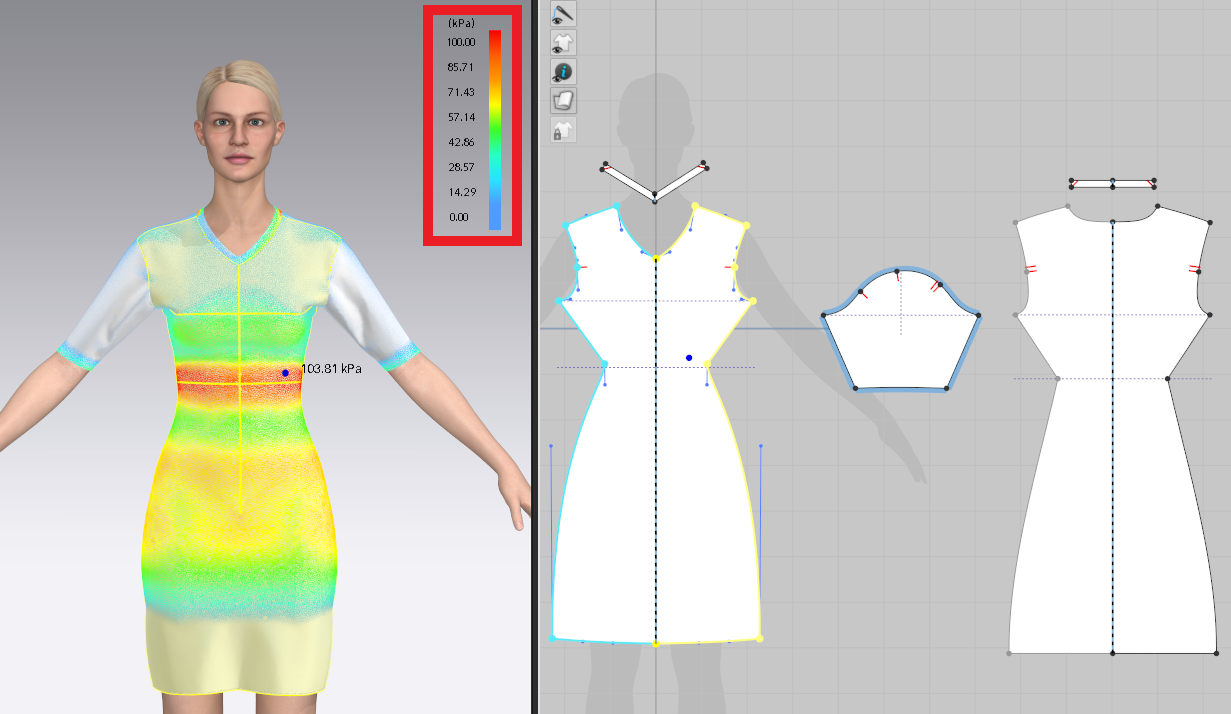
Using 3D software designers can create a variety of garments including clothing and accessories. And the best thing is brands can create an avatar of your brand’s target size and test the fit of their garment directly on them.
This significantly helps speed up the sample-making process and cut expenses. As well as test the garment on multiple body types.
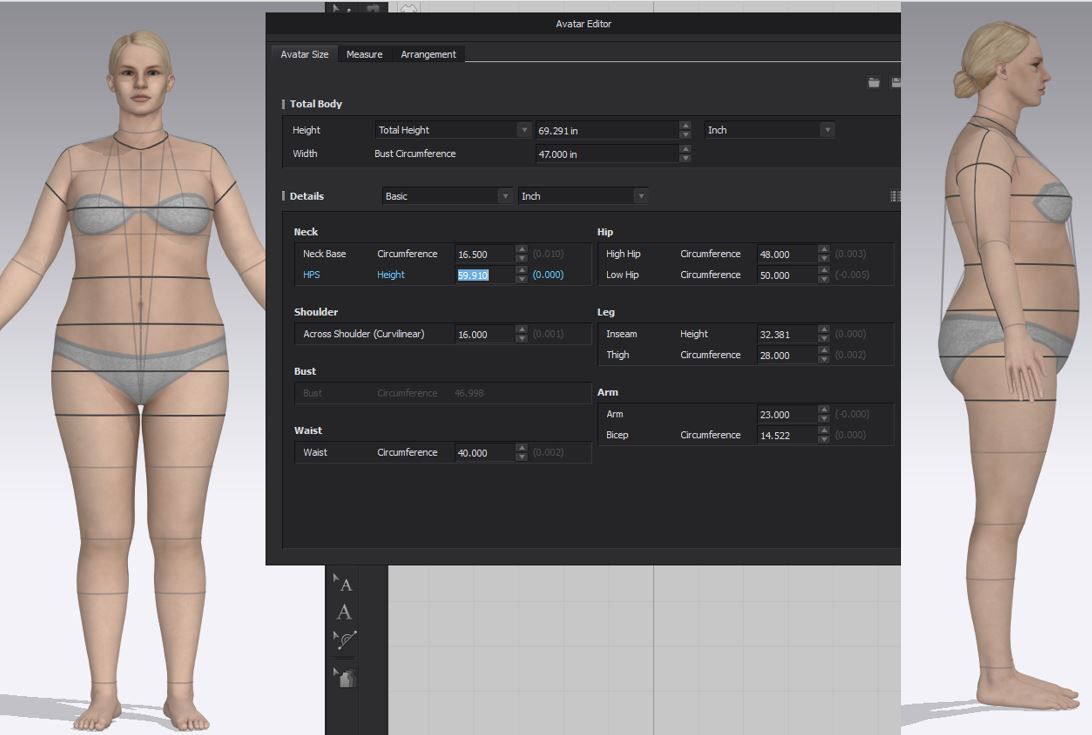
Learning 3D design takes a lot of training, of course. The 3D designer has to be proficient in technical design as well as pattern making. Often brands hire professional 3D clothing designers to help them build prototypes of their garments and conduct fit sessions.


